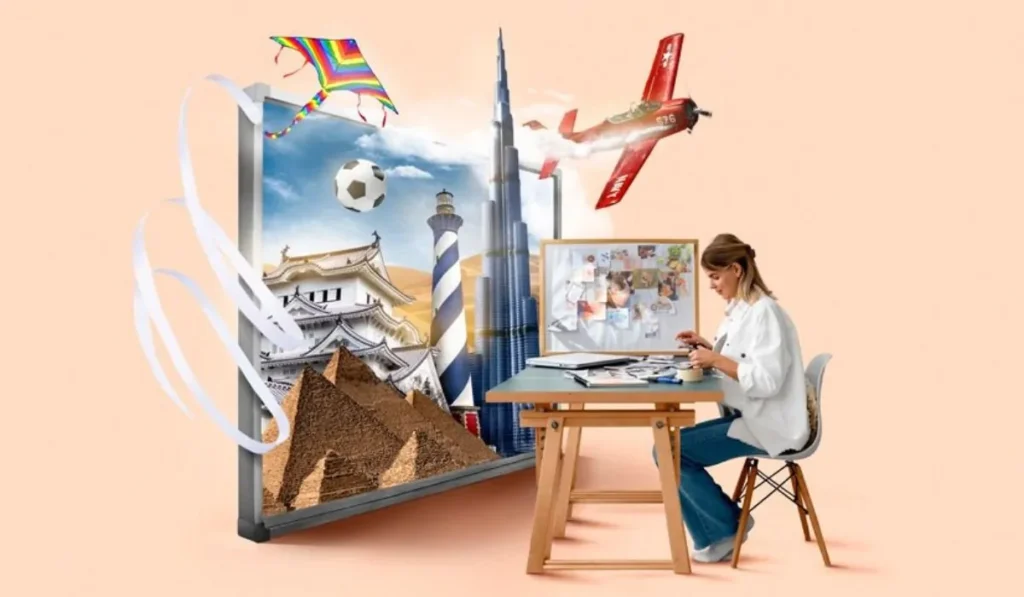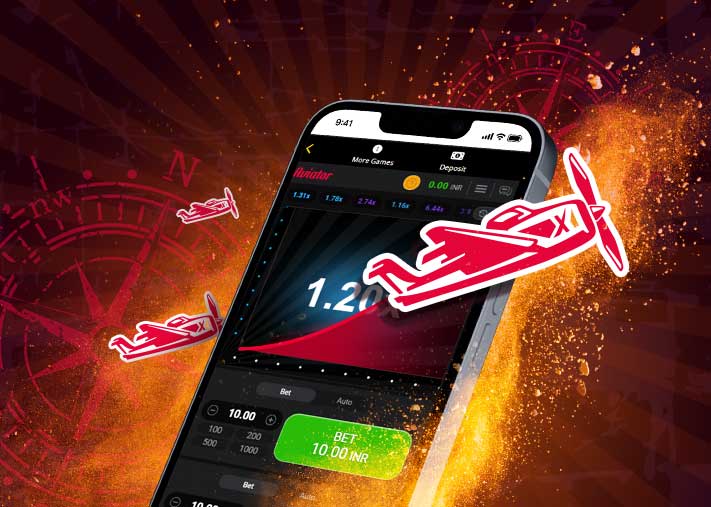In the rapidly evolving world of digital art, 3D artists are at the forefront, pushing boundaries and redefining creativity. The rise of sophisticated tools and platforms has empowered these artists to create stunning visual experiences that were once the realm of science fiction. Among the leading names in this space, V-Squad Art stands out as a beacon for innovation and excellence. This article explores the transformative role of 3D artists, highlights key industry trends, and delves into how V-Squad Art is revolutionizing the field.
The Evolution of 3D Art: From Concept to Reality
3D art has come a long way from its early days, when it was primarily used in basic computer graphics and animation. Today, it encompasses a vast array of applications, from video games and virtual reality to architectural visualization and film production. The evolution of 3D art has been driven by technological advancements and the ever-increasing demand for more immersive and realistic experiences.
Early 3D models were simplistic and often lacked the detail and realism we see today. However, as computational power increased and software became more sophisticated, 3D artists began to push the envelope. Today’s 3D art integrates complex textures, lighting effects, and intricate details that bring digital creations to life in ways that were once unimaginable.
The Role of 3D Artists in the Digital Era
3D artists play a crucial role in various industries, each demanding a unique skill set and creative approach:
- Entertainment and Gaming: In the entertainment industry, 3D artists are responsible for creating characters, environments, and visual effects that captivate audiences. Video games, in particular, rely heavily on 3D artists to design immersive worlds and lifelike characters. The ability to create realistic animations and intricate details is essential for crafting engaging and believable gaming experiences.
- Film and Animation: The film industry has seen a significant transformation with the advent of 3D technology. From blockbuster films to animated shorts, 3D artists contribute to visual effects, character design, and set creation. The integration of 3D art allows filmmakers to create stunning visuals and effects that enhance storytelling.
- Architecture and Real Estate: In architecture, 3D artists help visualize buildings and spaces before they are constructed. Architectural visualization involves creating detailed 3D models of architectural designs, enabling clients to explore and understand projects in a virtual environment. This helps in making informed decisions and adjustments before the actual construction begins.
- Virtual Reality (VR) and Augmented Reality (AR): The rise of VR and AR technologies has opened new avenues for 3D artists. These technologies require highly detailed and interactive 3D environments that offer immersive experiences. 3D artists create virtual worlds and interactive elements that are integral to VR and AR applications.
Key Trends in 3D Art
The field of 3D art is continuously evolving, with several key trends shaping its future:
- Real-Time Rendering: Real-time rendering technology has made it possible to create high-quality 3D visuals on the fly. This is particularly important in gaming and interactive applications, where immediate feedback and responsiveness are crucial. Engines like Unreal Engine and Unity are leading the way in real-time rendering, enabling artists to create stunning visuals that react in real time.
- Procedural Generation: Procedural generation involves creating complex structures and environments algorithmically rather than manually. This technique allows for the creation of expansive worlds and intricate details with less manual effort. It’s increasingly used in gaming and simulation to generate diverse and dynamic content.
- AI and Machine Learning: Artificial intelligence and machine learning are making their mark on 3D art. AI-powered tools can assist in automating repetitive tasks, enhancing textures, and even generating new art styles. Machine learning algorithms can analyze vast amounts of data to provide insights and assist in creative processes.
- Cross-Platform Integration: With the proliferation of various digital platforms, 3D artists need to create assets that work seamlessly across different devices and formats. This trend requires a deep understanding of how 3D models and animations will be rendered on different screens and environments.
V-Squad Art: Leading the Charge in 3D Innovation
Among the many studios and platforms dedicated to 3D art, V-Squad Art has emerged as a leading name in the industry. V-Squad Art is renowned for its cutting-edge approach to digital artistry, combining technical expertise with a keen eye for design.
Cutting-Edge Technology
V-Squad Art leverages the latest technology to push the boundaries of 3D art. Their use of advanced rendering engines and software ensures that their projects meet the highest standards of quality and realism. By staying ahead of technological trends, V-Squad Art is able to deliver stunning visuals that captivate and engage audiences.
Diverse Portfolio
One of the hallmarks of V-Squad Art is its diverse portfolio, which spans various industries and applications. From creating lifelike characters for video games to designing intricate architectural visualizations, V-Squad Art demonstrates versatility and expertise across different domains. This diversity allows them to tackle a wide range of projects and deliver tailored solutions for their clients.
Collaborative Approach
V-Squad Art emphasizes collaboration and client involvement throughout the creative process. By working closely with clients, they ensure that the final product aligns with the client’s vision and objectives. This collaborative approach fosters creativity and innovation, resulting in unique and impactful 3D art.
Commitment to Quality
Quality is a cornerstone of V-Squad Art’s philosophy. Their team of skilled 3D artists and designers is dedicated to producing high-quality work that exceeds client expectations. Attention to detail, meticulous craftsmanship, and a commitment to excellence are evident in every project they undertake.
The Future of 3D Art and V-Squad Art’s Role
As technology continues to advance, the possibilities for 3D art are expanding rapidly. Emerging technologies such as augmented reality, virtual reality, and artificial intelligence are set to transform the field further. 3D artists will need to adapt to these changes and continue pushing the boundaries of creativity.
V-Squad Art is well-positioned to play a significant role in shaping the future of 3D art. Their commitment to innovation, quality, and client satisfaction ensures that they remain at the forefront of the industry. As new technologies and trends emerge, V-Squad Art will undoubtedly continue to lead the way, setting new standards and inspiring the next generation of 3D artists.
Conclusion
3D artists are redefining the landscape of digital creativity, driving innovation across various industries and applications. With the support of platforms like V-Squad Art, the possibilities for 3D art are expanding, offering new ways to engage, inspire, and captivate audiences. As technology continues to evolve, the role of 3D artists will remain crucial in shaping the future of digital experiences. V-Squad Art’s dedication to excellence and innovation ensures that they will continue to be a driving force in this exciting and ever-evolving field.






